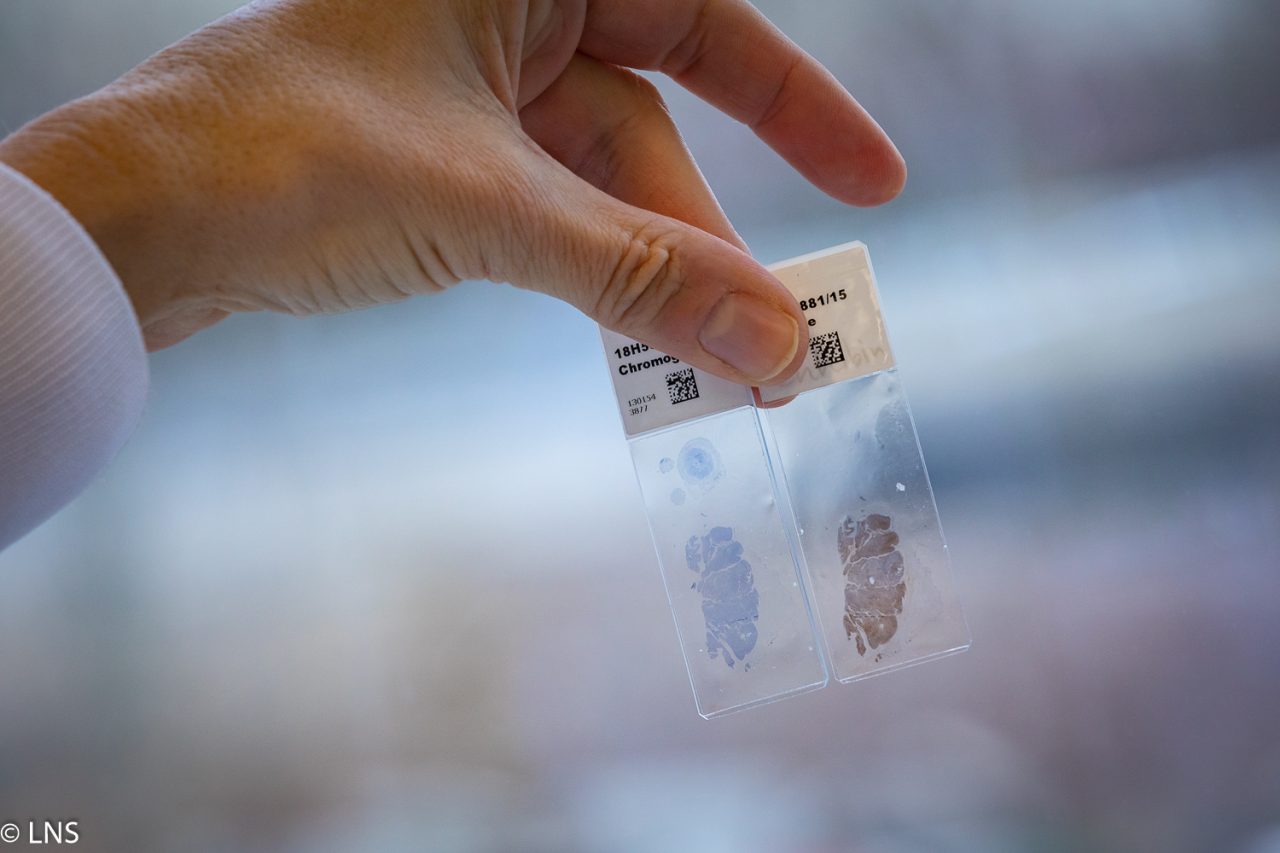We assessed the feasibility of an epidemiological study on the risk of radiation-related lens opacities among interventional physicians in Germany. In a regional multi-centre pilot study associated with a European project, we tested the recruitment strategy, a European questionnaire on work history for the latter dosimetry calculation and the endpoint assessment. 263 interventional physicians and 129 non-exposed colleagues were invited. Questionnaires assessed eligibility criteria, risk factors for cataract, and work history relating to occupational exposure to ionising radiation, including details on type and amount of procedures performed, radiation sources, and use of protective equipment. Eye examinations included regular inspection by an ophthalmologist, digital slit lamp images graded according to the lens opacities classification system, and Scheimpflug camera measurements. 46 interventional (17.5%) and 30 non-exposed physicians (23.3%) agreed to participate, of which 42 and 19, respectively, met the inclusion criteria. Table shields and ceiling suspended shields were used as protective equipment by 85% and 78% of the interventional cardiologists, respectively. However, 68% of them never used lead glasses. More, although minor, opacifications were diagnosed among the 17 interventional cardiologists participating in the eye examinations than among the 18 non-exposed (59% versus 28%), mainly nuclear cataracts in interventional cardiologists and cortical cataracts in the non-exposed. Opacification scores calculated from Scheimpflug measurements were higher among the interventional cardiologists, especially in the left eye (56% versus 28%). Challenges of the approach studied include the dissuading time investment related to pupil dilatation for the eye examinations, the reliance on a retrospective work history questionnaire to gather exposure-relevant information for dose reconstructions and its length, resulting in a low participation rate. Dosimetry data are bound to get better when the prospective lens dose monitoring as foreseen by 2013 European Directives is implemented and doses are recorded.
2013 09-12


